North America Space Propulsion Market Size
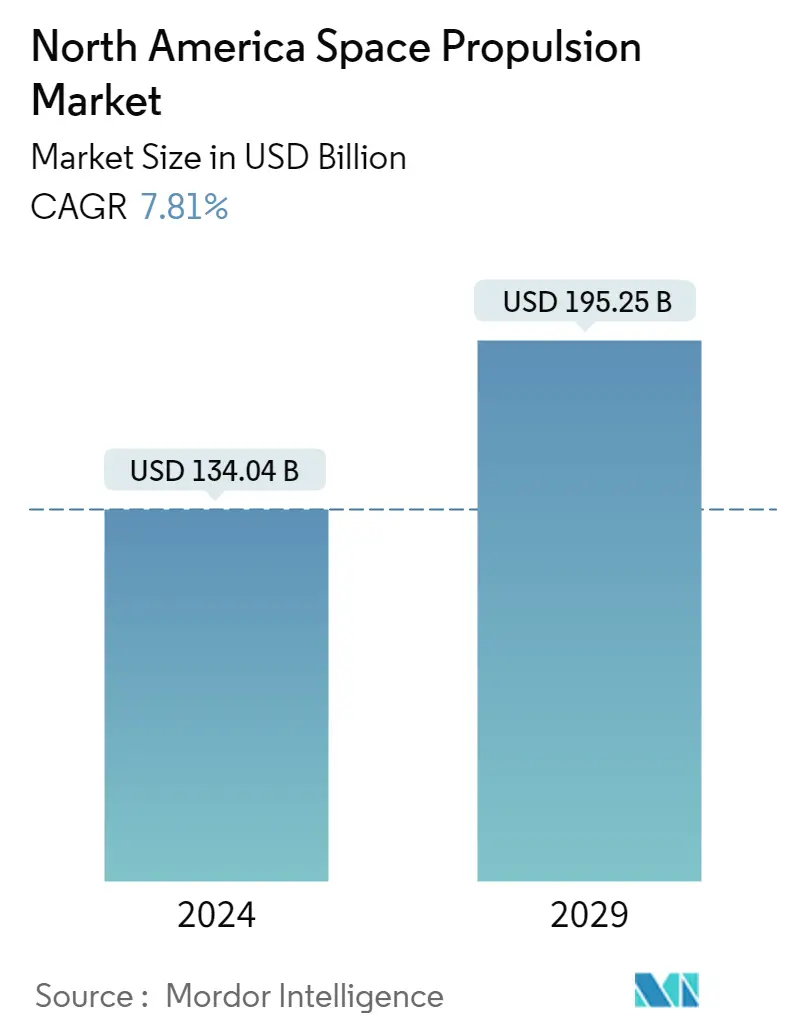
| Icons | Lable | Value |
|---|---|---|
|
|
Study Period | 2017 - 2029 |
|
|
Market Size (2024) | USD 134.04 Billion |
|
|
Market Size (2029) | USD 195.25 Billion |
|
|
Largest Share by Propulsion Tech | Liquid Fuel |
|
|
CAGR (2024 - 2029) | 7.81 % |
|
|
Largest Share by Country | United States |
|
|
Market Concentration | Medium |
Major Players |
||
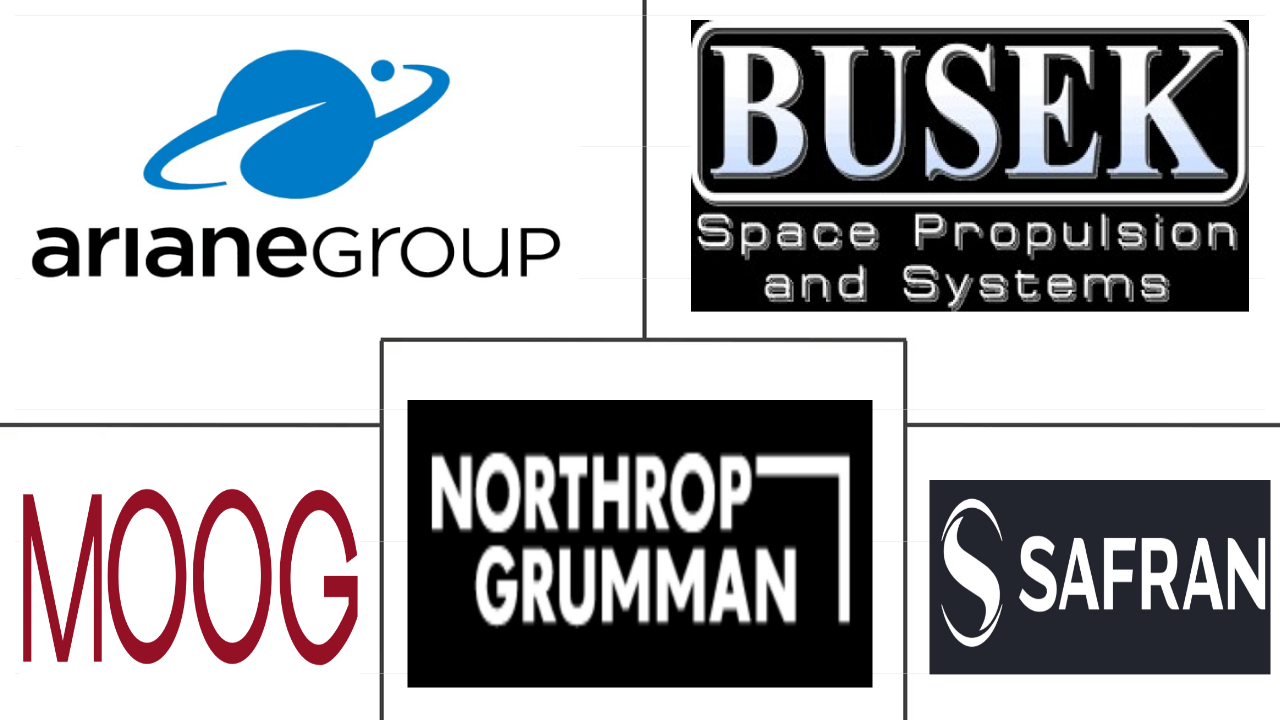
|
||
|
*Disclaimer: Major Players sorted in alphabetical order. |
North America Space Propulsion Market Analysis
The North America Space Propulsion Market size is estimated at USD 134.04 billion in 2024, and is expected to reach USD 195.25 billion by 2029, growing at a CAGR of 7.81% during the forecast period (2024-2029).
134.04 Billion
Market Size in 2024 (USD)
195.25 Billion
Market Size in 2029 (USD)
21.24 %
CAGR (2017-2023)
7.81 %
CAGR (2024-2029)
Largest Market by Propulsion Tech
73.93 %
value share, Liquid Fuel, 2022
Because of its high efficiency, controllability, reliability, and long lifespan, liquid fuel-based propulsion technology is becoming an ideal choice for space missions. It can be used in various orbit classes for satellites.
Fastest-Growing Market by Propulsion Tech
12.17 %
Projected CAGR, Gas based, 2023-2029
The adoption of gas based propulsion systems registers a considerable growth rate because of it's cost-effectiveness and reliability. These propulsion systems are also easy for orbital maintenance, maneuvering and attitude control.
Leading Market Player
34.04 %
market share, Moog Inc., 2022
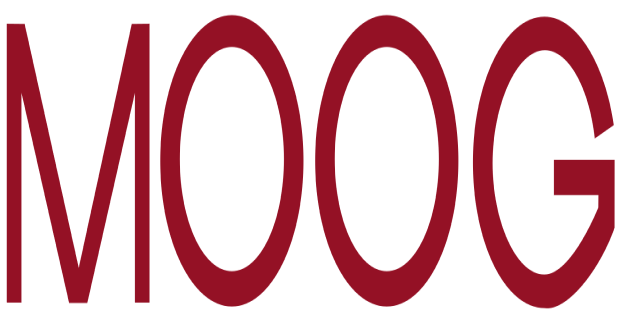
Moog Inc. is the largest player in the market. The company has focused on innovation and is currently working on a water-powered satellite propulsion system.
Second Leading Market Player
15.55 %
market share, Ariane Group, 2022
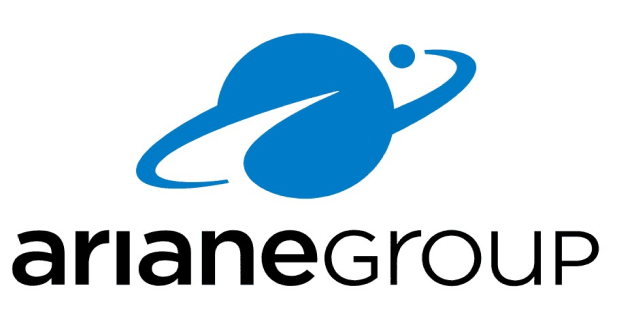
Ariane Group is one of the major contractors of space propulsion systems in the region for different space agencies.
Third Leading Market Player
3.30 %
market share, Busek Co. Inc., 2022
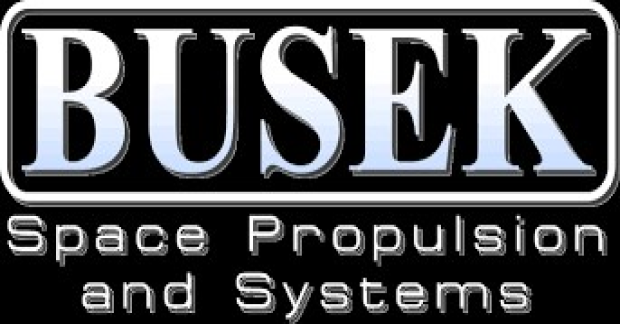
Busek Co. Inc. is the third-largest player in the market. The company's offers wide range of products such as Hall Thrusters, Electrospray Thrusters, RF Ion Thrusters, and Monopropellant Thrusters. Busek will be providing Hall thrusters for NASA's Artemis Program.
Major players and space agencies, involved in high space-related investment is the driving factor
- A satellite's propulsion system is commonly used to propel a spacecraft into orbit and coordinate its position. A liquid propellant rocket or liquid rocket utilizes a rocket engine that uses liquid propellants. Gas propellants may also be used but are not expected due to their low density and difficulty in applying conventional pumping methods. Liquids are desirable as they have a reasonably high density and specific impulse.
- Gas-based propulsion systems enable movements that have been proven efficient and reliable. These systems include hydrazine systems, other single or twin propulsion systems, hybrid systems, cold/hot air systems, and solid fuels. These systems are used when strong thrust or rapid manoeuvring is required. Therefore, gas-based propulsion systems remain the space propulsion technology of choice when their total impulse capacity is sufficient to meet the mission requirements.
- On the other hand, electric propulsion is commonly used to hold stations for commercial communication satellites. It is the main propulsion of some space science missions due to its high specific impulses. Northrop Grumman Corporation, Moog Inc., Sierra Nevada Corporation, SpaceX, and Blue Origin are some of the major providers of propulsion systems in the region. Liquid propulsion systems offer higher specific impulses compared to solid propulsion, resulting in greater efficiency and longer operational life for satellites. Major players and space agencies, like NASA, are involved in high space-related investments, enabling them to spend more on R&D and allowing them to innovate continuously and develop more efficient and advanced technologies. Launching new satellites in the region is expected to accelerate the market's growth during the forecast period.
Product innovation in propulsion technology is expected to boost growth
- The North American space propulsion market has witnessed a significant rise in private sector participation. Companies like SpaceX, Blue Origin, and Rocket Lab have emerged as key players, developing innovative propulsion technologies and reducing launch costs. This trend has led to increased competition and accelerated advancements in the field.
- Electric propulsion systems, particularly ion propulsion and Hall-effect thrusters, have gained prominence in the industry. These systems offer higher efficiency, longer operational lifetimes, and the capability for deep space missions. They are used in commercial and government space missions, including satellites and interplanetary probes.
- North America is one of the major markets globally, especially due to strong space exploration and development activity in the United States. NASA invests in start-ups to develop advanced propulsion systems for small satellites. NASA is also working on the Solar Electric Propulsion (SEP) project, which aims to extend the duration and capabilities of ambitious discoveries and science missions.
- Due to various government, commercial, and other players in the region, the demand in the satellite manufacturing industry is growing positively. During 2017-2022, 4,300+ satellites were launched in the region, aiding the space propulsion market. In addition to the number of such investments and technological developments, North America is expected to lead the market globally during the forecast period.
North America Space Propulsion Market Trends
Investment opportunities in the North American space propulsion market
- Investments in space programs are driving technological innovations and fostering the thriving satellite propulsion market. R&D initiatives associated with space programs lead to the creation of new propulsion systems, which offer increased efficiency and longer operational lifetime. These propulsion systems play a crucial role in spacecraft maneuvering, orbit maintenance, and mission longevity. The region's government and the private sector have dedicated funds for research and innovation in the space sector in terms of grants. In North America, government expenditure for space programs hit a record of approximately USD 24.8 billion in 2022. For instance, in February 2023, NASA distributed USD 333 million as research grants. Additionally, in 2022, the US government spent nearly USD 62 billion on its space programs, making it the world's highest spender in the space sector. Apart from the United States, the Canadian Space Agency budget is modest, and the estimated budgetary spending for 2022-23 is USD 329 million. In terms of funds allocated for NASA under the president's budget request summary for FY 2022-2027, NASA is expected to receive USD 45 million for the development of space power and nuclear propulsion.
- NASA is expected to receive USD 98 million to develop solar electric propulsion (SEP). In March 2021, NASA, Maxar Technologies, and Busek Co. completed a test of the 6-kilowatt (kW) solar electric propulsion subsystem successfully destined for the PPE. The Solar Electric Propulsion project was anticipated to receive the first qualification thruster from Aerojet Rocketdyne at the beginning of the first quarter of FY 2023. The government allocated funding of USD 110 million for developing nuclear thermal propulsion systems.
North America Space Propulsion Industry Overview
The North America Space Propulsion Market is moderately consolidated, with the top five companies occupying 52.89%. The major players in this market are Ariane Group, Busek Co. Inc., Moog Inc., Northrop Grumman Corporation and Safran SA (sorted alphabetically).
North America Space Propulsion Market Leaders
Ariane Group
Busek Co. Inc.
Moog Inc.
Northrop Grumman Corporation
Safran SA
Other important companies include Blue Origin, OHB SE, Sierra Nevada Corporation, Space Exploration Technologies Corp., Thales.
*Disclaimer: Major Players sorted in alphabetical order.
North America Space Propulsion Market News
- December 2023: NASA awarded Blue Origin a NASA Launch Services II Indefinite Delivery Indefinite Quantity (IDIQ) contract to launch planetary, Earth observation, exploration, and scientific satellites for the agency aboard New Glenn, Blue Origin's orbital reusable launch vehicle.
- February 2023: NASA's Launch Services Program (LSP) awarded Blue Origin the Escape and Plasma Acceleration and Dynamics Explorers (ESCAPADE) contract. Under the contract Blue Origin will provide its New Glenn reusable technology for the mission.
- February 2023: Thales Alenia Space has contracted with the Korea Aerospace Research Institute (KARI) to provide the integrated electric propulsion on their GEO-KOMPSAT-3 (GK3) satellite.
Free with this Report
We offer a comprehensive set of global and local metrics that illustrate the fundamentals of the satellites industry. Clients can access in-depth market analysis of various satellites and launch vehicles through granular level segmental information supported by a repository of market data, trends, and expert analysis. Data and analysis on satellite launches, satellite mass, application of satellites, spending on space programs, propulsion systems, end users, etc., are available in the form of comprehensive reports as well as excel based data worksheets.
North America Space Propulsion Market Report - Table of Contents
EXECUTIVE SUMMARY & KEY FINDINGS
REPORT OFFERS
1. INTRODUCTION
1.1. Study Assumptions & Market Definition
1.2. Scope of the Study
1.3. Research Methodology
2. KEY INDUSTRY TRENDS
2.1. Spending On Space Programs
2.2. Regulatory Framework
2.2.1. Canada
2.2.2. United States
2.3. Value Chain & Distribution Channel Analysis
3. MARKET SEGMENTATION (includes market size in Value in USD, Forecasts up to 2029 and analysis of growth prospects)
3.1. Propulsion Tech
3.1.1. Electric
3.1.2. Gas based
3.1.3. Liquid Fuel
3.2. Country
3.2.1. Canada
3.2.2. United States
4. COMPETITIVE LANDSCAPE
4.1. Key Strategic Moves
4.2. Market Share Analysis
4.3. Company Landscape
4.4. Company Profiles (includes Global Level Overview, Market Level Overview, Core Business Segments, Financials, Headcount, Key Information, Market Rank, Market Share, Products and Services, and Analysis of Recent Developments).
4.4.1. Ariane Group
4.4.2. Blue Origin
4.4.3. Busek Co. Inc.
4.4.4. Moog Inc.
4.4.5. Northrop Grumman Corporation
4.4.6. OHB SE
4.4.7. Safran SA
4.4.8. Sierra Nevada Corporation
4.4.9. Space Exploration Technologies Corp.
4.4.10. Thales
5. KEY STRATEGIC QUESTIONS FOR SATELLITE CEOS
6. APPENDIX
6.1. Global Overview
6.1.1. Overview
6.1.2. Porter's Five Forces Framework
6.1.3. Global Value Chain Analysis
6.1.4. Market Dynamics (DROs)
6.2. Sources & References
6.3. List of Tables & Figures
6.4. Primary Insights
6.5. Data Pack
6.6. Glossary of Terms
List of Tables & Figures
- Figure 1:
- SPENDING ON SPACE PROGRAMS BY REGION, USD, NORTH AMERICA, 2017 - 2022
- Figure 2:
- NORTH AMERICA SPACE PROPULSION MARKET, VALUE, USD, 2017 - 2029
- Figure 3:
- VALUE OF SPACE PROPULSION MARKET BY PROPULSION TECH, USD, NORTH AMERICA, 2017 - 2029
- Figure 4:
- VALUE SHARE OF SPACE PROPULSION MARKET BY PROPULSION TECH, %, NORTH AMERICA, 2017 VS 2023 VS 2029
- Figure 5:
- VALUE OF ELECTRIC MARKET, USD, NORTH AMERICA, 2017 - 2029
- Figure 6:
- VALUE OF GAS BASED MARKET, USD, NORTH AMERICA, 2017 - 2029
- Figure 7:
- VALUE OF LIQUID FUEL MARKET, USD, NORTH AMERICA, 2017 - 2029
- Figure 8:
- VALUE OF SPACE PROPULSION MARKET BY COUNTRY, USD, NORTH AMERICA, 2017 - 2029
- Figure 9:
- VALUE SHARE OF SPACE PROPULSION MARKET BY COUNTRY, %, NORTH AMERICA, 2017 VS 2023 VS 2029
- Figure 10:
- VALUE OF SPACE PROPULSION MARKET, USD, CANADA, 2017 - 2029
- Figure 11:
- VALUE OF SPACE PROPULSION MARKET, USD, UNITED STATES, 2017 - 2029
- Figure 12:
- NUMBER OF STRATEGIC MOVES OF MOST ACTIVE COMPANIES, NORTH AMERICA SPACE PROPULSION MARKET, NORTH AMERICA, 2017 - 2029
- Figure 13:
- TOTAL NUMBER OF STRATEGIC MOVES OF COMPANIES, NORTH AMERICA SPACE PROPULSION MARKET, NORTH AMERICA, 2017 - 2029
- Figure 14:
- MARKET SHARE OF NORTH AMERICA SPACE PROPULSION MARKET, %, NORTH AMERICA, 2022
North America Space Propulsion Industry Segmentation
Electric, Gas based, Liquid Fuel are covered as segments by Propulsion Tech. Canada, United States are covered as segments by Country.
- A satellite's propulsion system is commonly used to propel a spacecraft into orbit and coordinate its position. A liquid propellant rocket or liquid rocket utilizes a rocket engine that uses liquid propellants. Gas propellants may also be used but are not expected due to their low density and difficulty in applying conventional pumping methods. Liquids are desirable as they have a reasonably high density and specific impulse.
- Gas-based propulsion systems enable movements that have been proven efficient and reliable. These systems include hydrazine systems, other single or twin propulsion systems, hybrid systems, cold/hot air systems, and solid fuels. These systems are used when strong thrust or rapid manoeuvring is required. Therefore, gas-based propulsion systems remain the space propulsion technology of choice when their total impulse capacity is sufficient to meet the mission requirements.
- On the other hand, electric propulsion is commonly used to hold stations for commercial communication satellites. It is the main propulsion of some space science missions due to its high specific impulses. Northrop Grumman Corporation, Moog Inc., Sierra Nevada Corporation, SpaceX, and Blue Origin are some of the major providers of propulsion systems in the region. Liquid propulsion systems offer higher specific impulses compared to solid propulsion, resulting in greater efficiency and longer operational life for satellites. Major players and space agencies, like NASA, are involved in high space-related investments, enabling them to spend more on R&D and allowing them to innovate continuously and develop more efficient and advanced technologies. Launching new satellites in the region is expected to accelerate the market's growth during the forecast period.
| Propulsion Tech | |
| Electric | |
| Gas based | |
| Liquid Fuel |
| Country | |
| Canada | |
| United States |
Market Definition
- Application - Various applications or purposes of the satellites are classified into communication, earth observation, space observation, navigation, and others. The purposes listed are those self-reported by the satellite’s operator.
- End User - The primary users or end users of the satellite is described as civil (academic, amateur), commercial, government (meteorological, scientific, etc.), military. Satellites can be multi-use, for both commercial and military applications.
- Launch Vehicle MTOW - The launch vehicle MTOW (maximum take-off weight) means the maximum weight of the launch vehicle during take-off, including the weight of payload, equipment and fuel.
- Orbit Class - The satellite orbits are divided into three broad classes namely GEO, LEO, and MEO. Satellites in elliptical orbits have apogees and perigees that differ significantly from each other and categorized satellite orbits with eccentricity 0.14 and higher as elliptical.
- Propulsion tech - Under this segment, different types of satellite propulsion systems have been classified as electric, liquid-fuel and gas-based propulsion systems.
- Satellite Mass - Under this segment, different types of satellite propulsion systems have been classified as electric, liquid-fuel and gas-based propulsion systems.
- Satellite Subsystem - All the components and subsystems which includes propellants, buses, solar panels, other hardware of satellites are included under this segment.
| Keyword | Definition |
|---|---|
| Attitude Control | The orientation of the satellite relative to the Earth and the sun. |
| INTELSAT | The International Telecommunications Satellite Organization operates a network of satellites for international transmission. |
| Geostationary Earth Orbit (GEO) | Geostationary satellites in Earth orbit 35,786 km (22,282 mi) above the equator in the same direction and at the same speed as the earth rotates on its axis, making them appear fixed in the sky. |
| Low Earth Orbit (LEO) | Low Earth Orbit satellites orbit from 160-2000km above the earth, take approximately 1.5 hours for a full orbit and only cover a portion of the earth’s surface. |
| Medium Earth Orbit (MEO) | MEO satellites are located above LEO and below GEO satellites and typically travel in an elliptical orbit over the North and South Pole or in an equatorial orbit. |
| Very Small Aperture Terminal (VSAT) | Very Small Aperture Terminal is an antenna that is typically less than 3 meters in diameter |
| CubeSat | CubeSat is a class of miniature satellites based on a form factor consisting of 10 cm cubes. CubeSats weigh no more than 2 kg per unit and typically use commercially available components for their construction and electronics. |
| Small Satellite Launch Vehicles (SSLVs) | Small Satellite Launch Vehicle (SSLV) is a three-stage Launch Vehicle configured with three Solid Propulsion Stages and a liquid propulsion-based Velocity Trimming Module (VTM) as a terminal stage |
| Space Mining | Asteroid mining is the hypothesis of extracting material from asteroids and other asteroids, including near-Earth objects. |
| Nano Satellites | Nanosatellites are loosely defined as any satellite weighing less than 10 kilograms. |
| Automatic Identification System (AIS) | Automatic identification system (AIS) is an automatic tracking system used to identify and locate ships by exchanging electronic data with other nearby ships, AIS base stations, and satellites. Satellite AIS (S-AIS) is the term used to describe when a satellite is used to detect AIS signatures. |
| Reusable launch vehicles (RLVs) | Reusable launch vehicle (RLV) means a launch vehicle that is designed to return to Earth substantially intact and therefore may be launched more than one time or that contains vehicle stages that may be recovered by a launch operator for future use in the operation of a substantially similar launch vehicle. |
| Apogee | The point in an elliptical satellite orbit which is farthest from the surface of the earth. Geosynchronous satellites which maintain circular orbits around the earth are first launched into highly elliptical orbits with apogees of 22,237 miles. |
Research Methodology
Mordor Intelligence follows a four-step methodology in all our reports.
- Step-1: Identify Key Variables: In order to build a robust forecasting methodology, the variables and factors identified in Step-1 are tested against available historical market numbers. Through an iterative process, the variables required for market forecast are set and the model is built on the basis of these variables.
- Step-2: Build a Market Model: Market-size estimations for the historical and forecast years have been provided in revenue and volume terms. For sales conversion to volume, the average selling price (ASP) is kept constant throughout the forecast period for each country, and inflation is not a part of the pricing.
- Step-3: Validate and Finalize: In this important step, all market numbers, variables and analyst calls are validated through an extensive network of primary research experts from the market studied. The respondents are selected across levels and functions to generate a holistic picture of the market studied.
- Step-4: Research Outputs: Syndicated Reports, Custom Consulting Assignments, Databases & Subscription Platforms.








